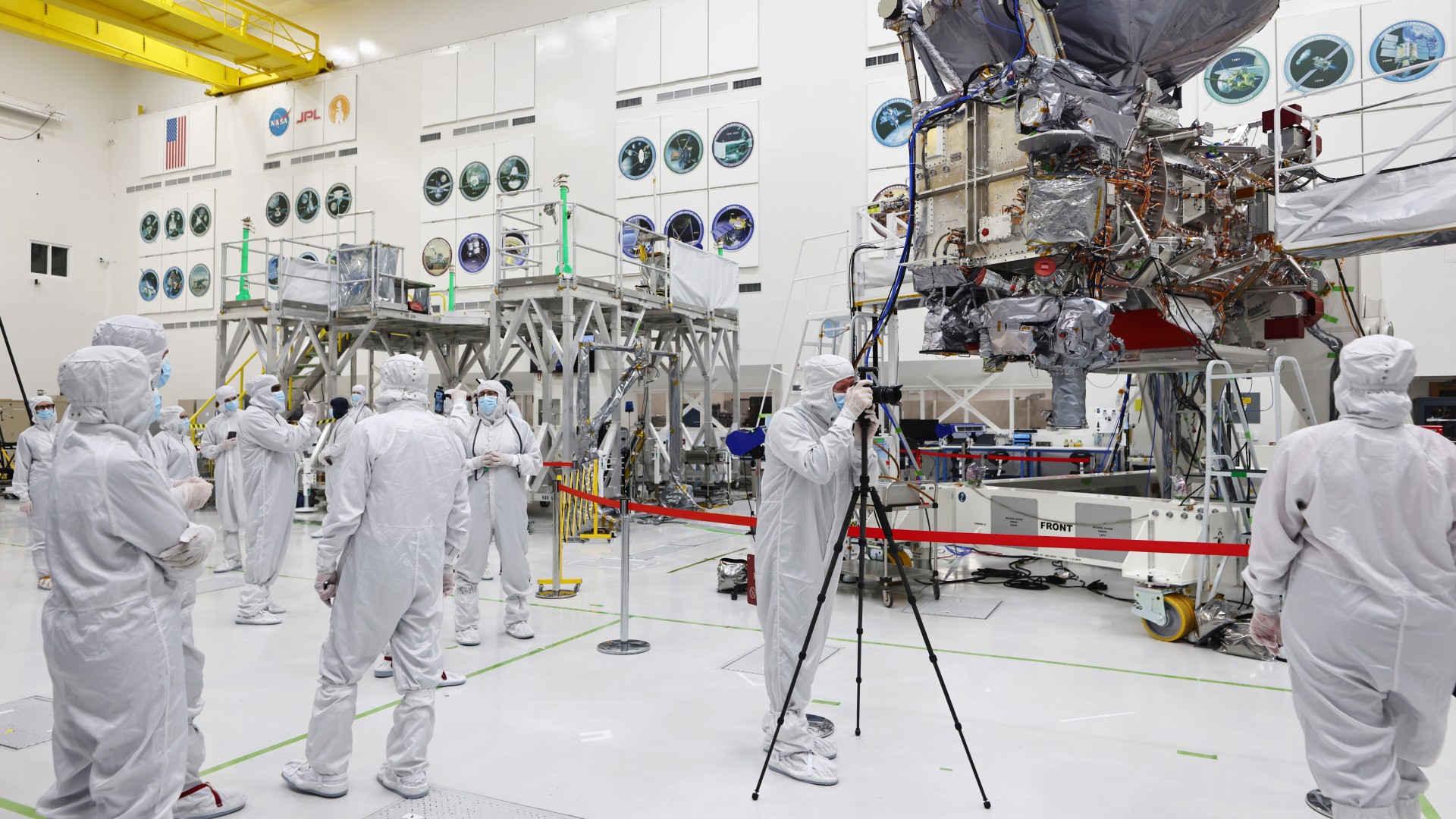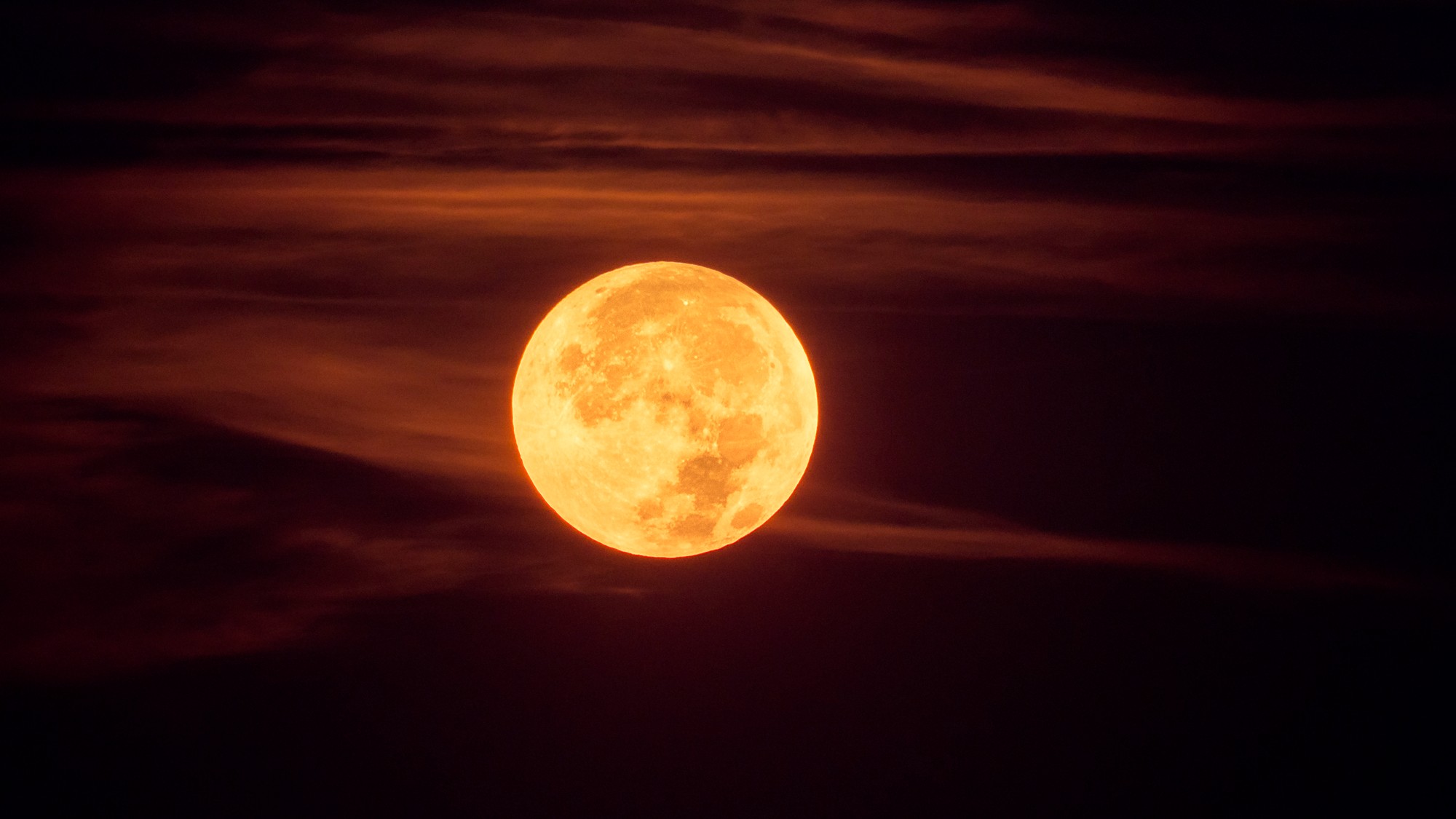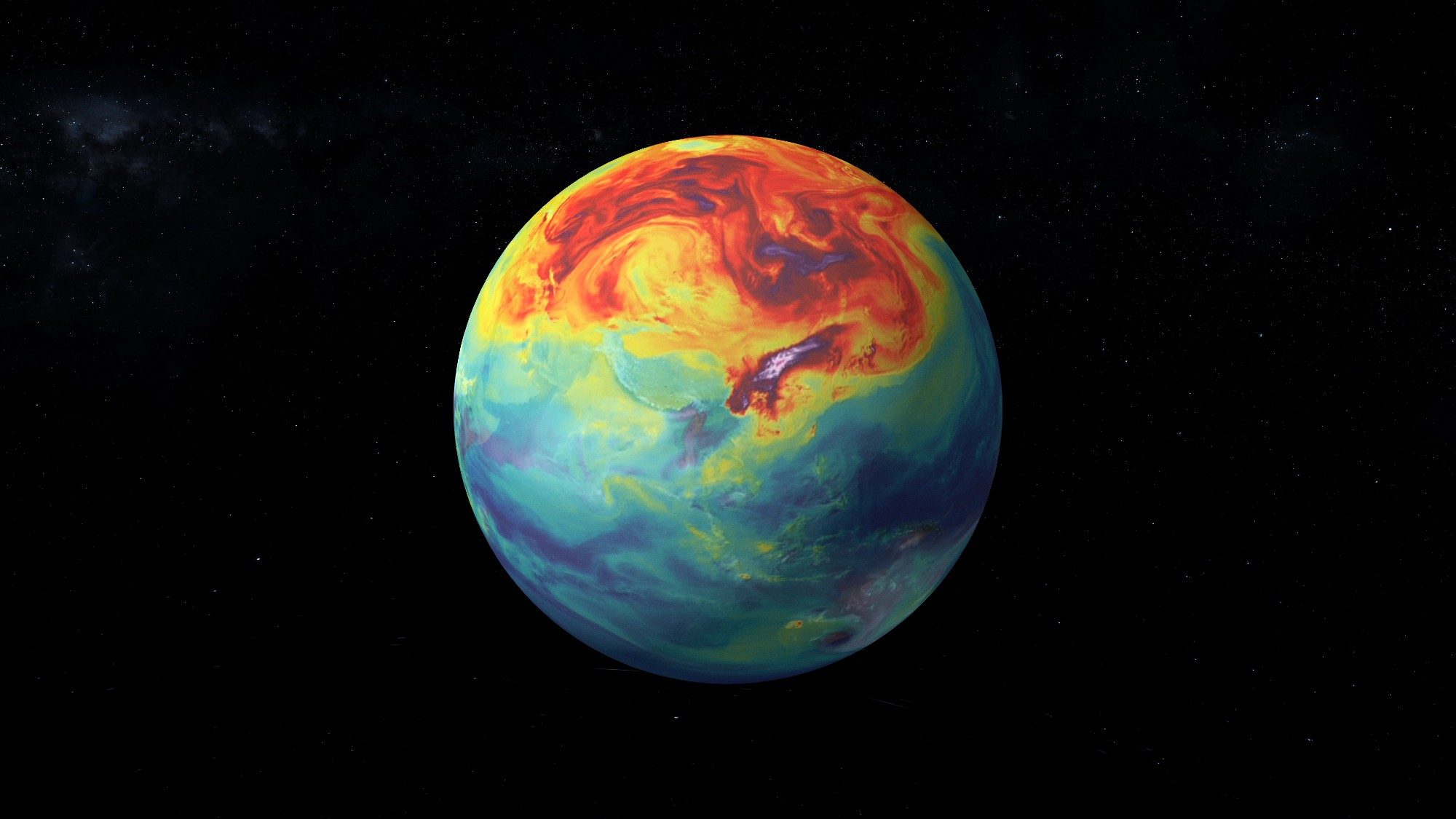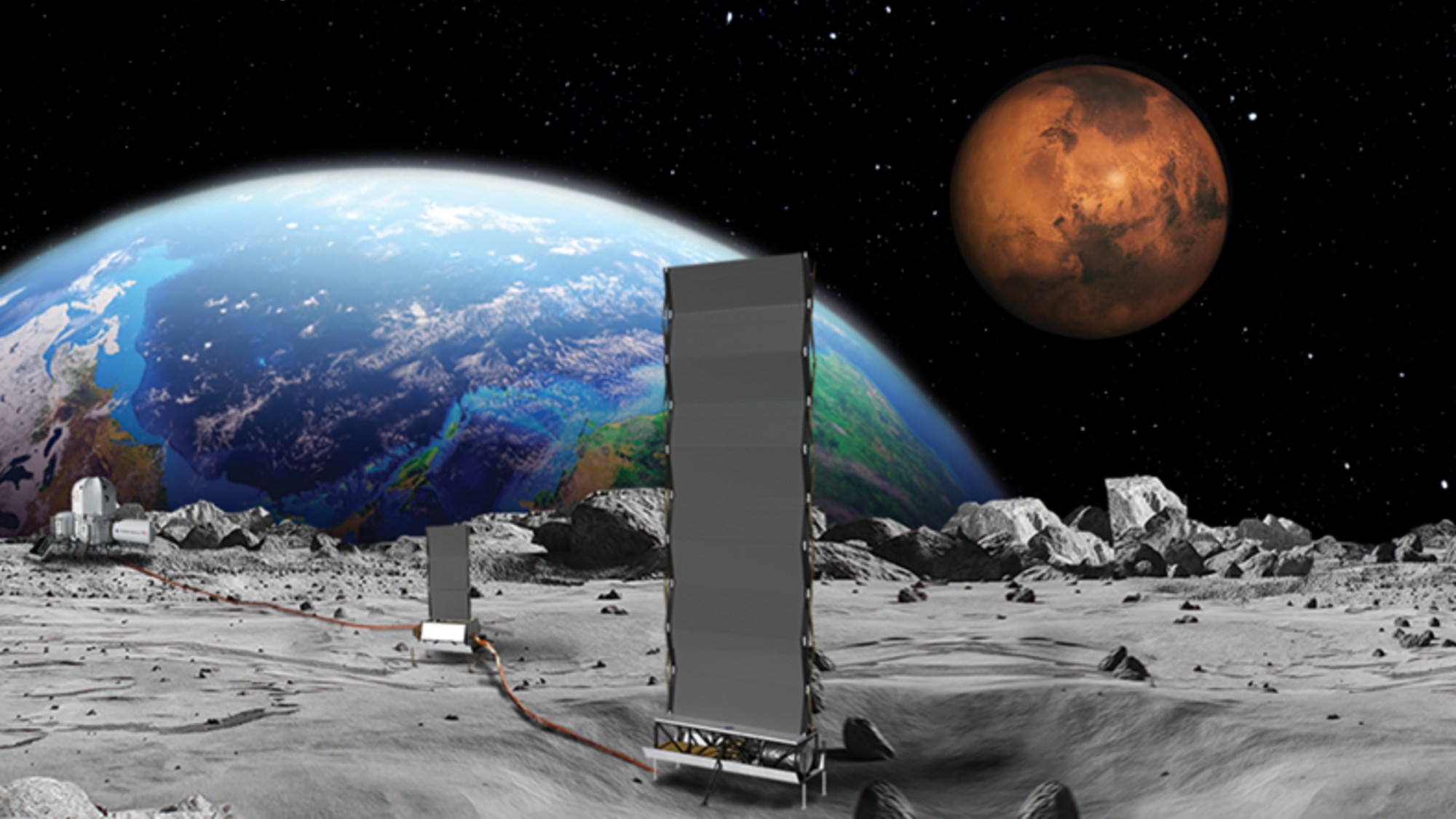Nasa mission to probe possibility of life on Europa
Exploration of Jupiter's icy moon could reveal how common habitable environments are in the universe

A Nasa spacecraft bound for Jupiter's icy moon Europa is scheduled to blast off from the Kennedy Space Center this week.
The Europa Clipper is the largest planetary explorer Nasa has ever built and its mission is to conduct 44 fly-bys of the moon to determine whether it could support life.
Among the top puzzles scientists are hoping to solve is whether the moon has the "water, energy and chemical building blocks required to host life as we know it", said National Geographic. This "frozen world" is a similar size to our own moon, but potentially contains "twice the amount of water as all of Earth's oceans combined".
The Week
Escape your echo chamber. Get the facts behind the news, plus analysis from multiple perspectives.

Sign up for The Week's Free Newsletters
From our morning news briefing to a weekly Good News Newsletter, get the best of The Week delivered directly to your inbox.
From our morning news briefing to a weekly Good News Newsletter, get the best of The Week delivered directly to your inbox.
Evidence of Europa's gigantic global ocean of liquid saltwater beneath its frozen crust first came to light during Nasa's 1996 Galileo fly-by mission which revealed the moon had its own magnetic field. The latest mission will use ice-penetrating radar to peer beneath the crust and search for hidden pockets of liquid water.
While the Europa Clipper "cannot detect life directly", said James O'Donoghue, a planetary astronomy expert from Reading University, on The Conversation, it "marks humanity's first dedicated mission to study an ocean world and search for signs of habitability".
The spacecraft is due to launch on Thursday, but won't reach Jupiter's orbit until 2030. If there's "even a hint that the stuff of life exists" on Europa, a separate surface lander would then be needed to probe deeper.
"If Europa Clipper shows that icy ocean worlds are habitable," Paul Byrne, a planetary scientist at Washington University in St. Louis, said, "then the implications for how common habitable environments are in the universe as a whole are absolutely staggering."
A free daily email with the biggest news stories of the day – and the best features from TheWeek.com
-
 Farage’s £9m windfall: will it smooth his path to power?
Farage’s £9m windfall: will it smooth his path to power?In Depth The record donation has come amidst rumours of collaboration with the Conservatives and allegations of racism in Farage's school days
-
 The issue dividing Israel: ultra-Orthodox draft dodgers
The issue dividing Israel: ultra-Orthodox draft dodgersIn the Spotlight A new bill has solidified the community’s ‘draft evasion’ stance, with this issue becoming the country’s ‘greatest internal security threat’
-
 Codeword: December 13, 2025
Codeword: December 13, 2025The daily codeword puzzle from The Week
-
 Blue Origin launches Mars probes in NASA debut
Blue Origin launches Mars probes in NASA debutSpeed Read The New Glenn rocket is carrying small twin spacecraft toward Mars as part of NASA’s Escapade mission
-
 The moon is rusting
The moon is rustingUnder the radar The Earth is likely to blame
-
 NASA reveals ‘clearest sign of life’ on Mars yet
NASA reveals ‘clearest sign of life’ on Mars yetSpeed Read The evidence came in the form of a rock sample collected on the planet
-
 SpaceX breaks Starship losing streak in 10th test
SpaceX breaks Starship losing streak in 10th testspeed read The Starship rocket's test flight was largely successful, deploying eight dummy satellites during its hour in space
-
 NASA is moving away from tracking climate change
NASA is moving away from tracking climate changeThe Explainer Climate missions could be going dark
-
 Why does the US want to put nuclear reactors on the moon?
Why does the US want to put nuclear reactors on the moon?Today's Big Question The plans come as NASA is facing significant budget cuts
-
 Answers to how life on Earth began could be stuck on Mars
Answers to how life on Earth began could be stuck on MarsUnder the Radar Donald Trump plans to scrap Nasa's Mars Sample Return mission – stranding test tubes on the Red Planet and ceding potentially valuable information to China
-
 The treasure trove of platinum on the moon
The treasure trove of platinum on the moonUnder the radar This kind of bounty could lead to commercial exploitation